Sault Ste. Marie, or “The Soo”, as locals affectionately call it, is a small city destination that straddles St. Mary’s River which is also the border between Michigan and Ontario.
Sault Ste. Marie is one of the oldest European settlements in North America, with a history dating back over 350 years. The name “Sault” comes from the French word for “rapids”, referencing the swift waters of the river, which were once a major obstacle to navigation of the area.
Historically, this was a gathering point for Indigenous peoples long before European explorers arrived. In the early 17th century, French missionaries and fur traders established settlements on both sides of the river, making the area a vital hub in the North American fur trade. After the War of 1812, the international border was drawn, dividing the city into Canadian and American counterparts. Today, both cities are linked by the International Bridge, but each retains a unique identity.
On the Canadian side, Sault Ste. Marie has that European flare. We, of course, ran into some very welcoming Canadians and noticed in town both the French influence and the emphasis on their indigenous heritage.
We started our visit at the Canal National Historic Site. This 19th-century canal was once the world’s longest locks and it’s still operational today.
From the canal, it’s a short walk to cross over to Whitefish Island. This peaceful escape along the river is great for birdwatching and connecting with nature.









On the American side, Sault Ste. Marie is best known for its role as a key industrial shipping hub due to the famous “Soo Locks”, which allows ships to bypass the rapids of the St. Mary’s River.
Near the locks, a W. Portage Ave walk past the shops and restaurants showcase the town’s maritime pride.



.
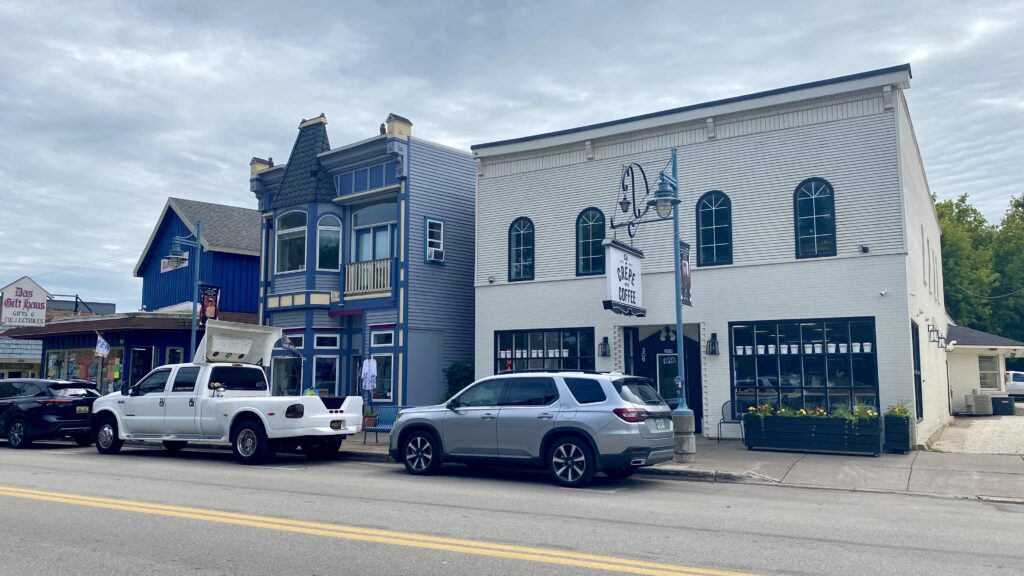


.
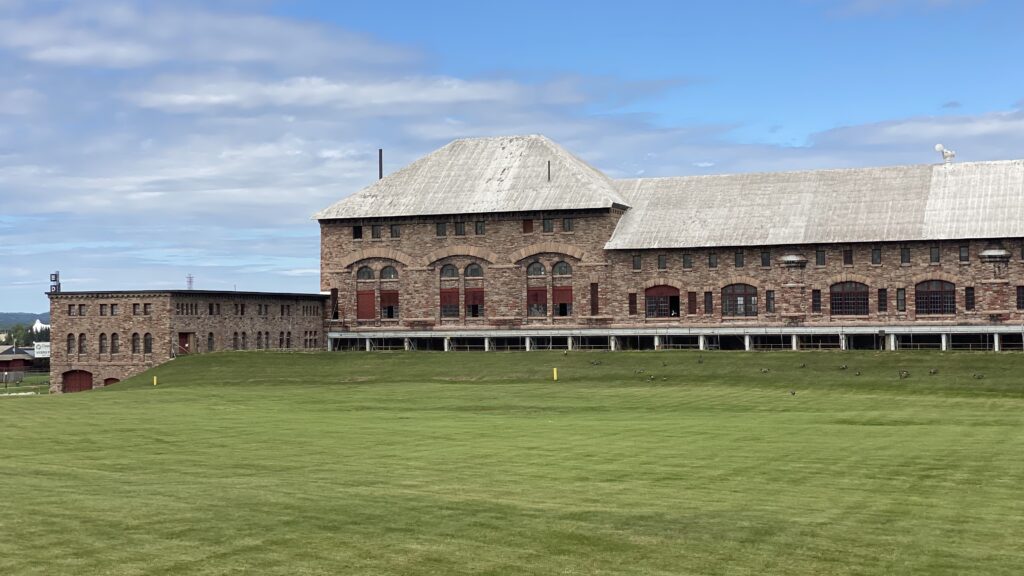
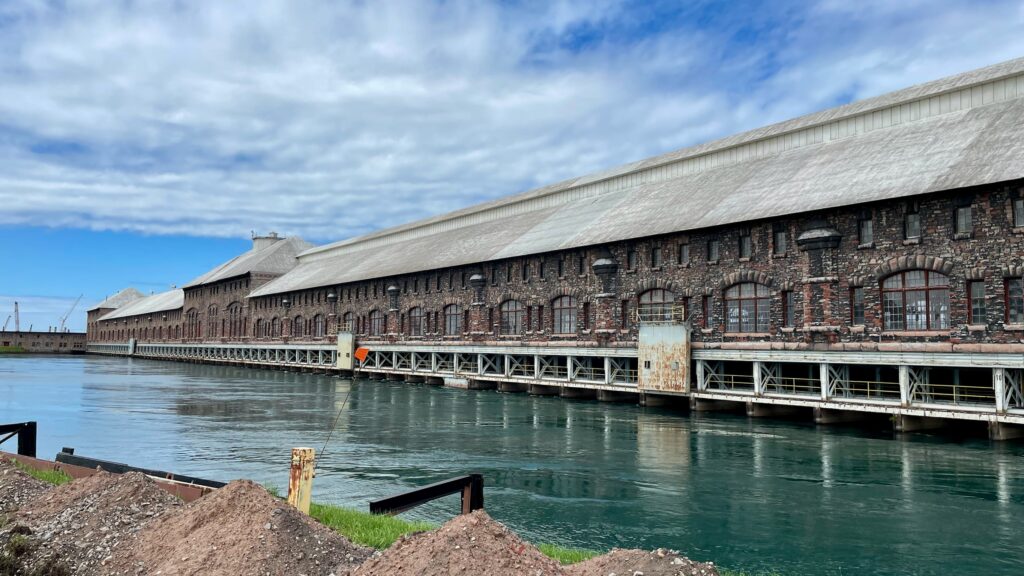
Being both history buffs and nature lovers, these internationally divided cities offer a dynamic, cross-border experience that leave a lasting impression.

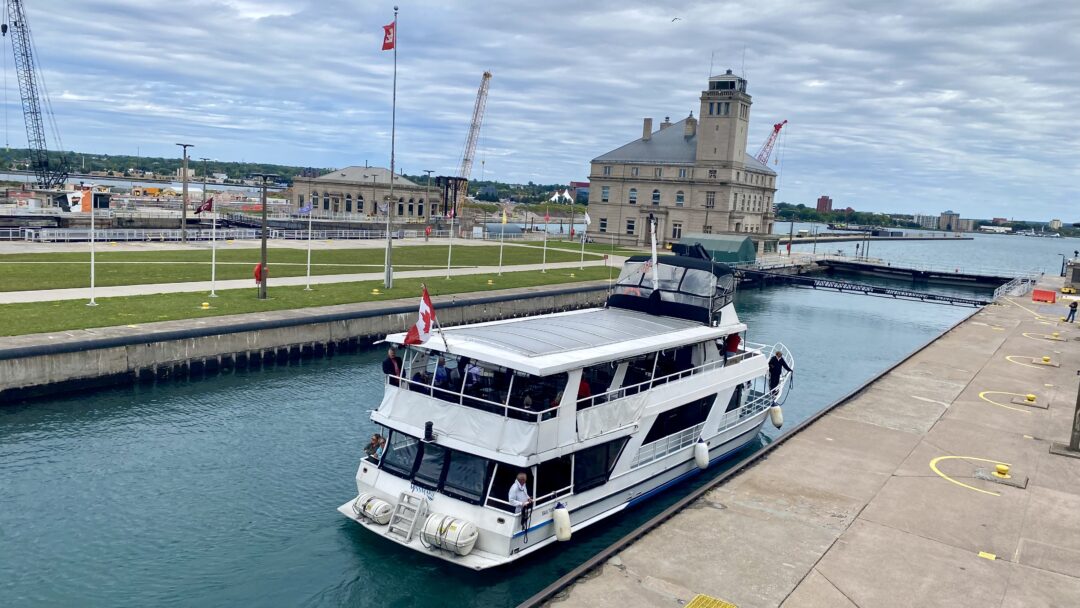

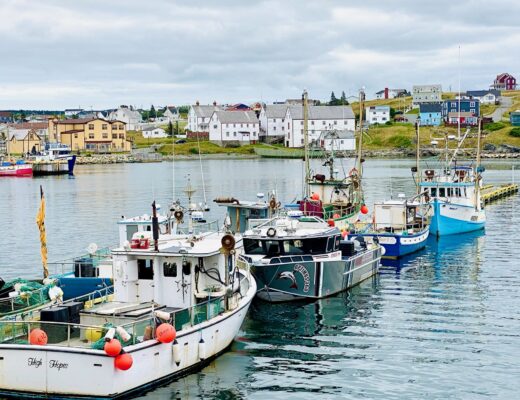









 Did you know that the oldest and largest aviati
Did you know that the oldest and largest aviati








 #camphairdontcar
#camphairdontcar


